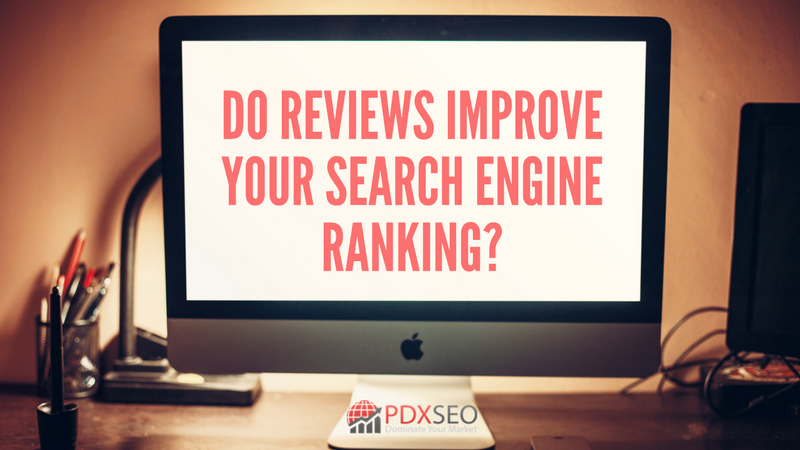Pay-per-click (PPC) marketing is a robust digital marketing strategy that can drive a near-limitless amount of highly targeted traffic to your business’s website. PPC networks like Google AdWords and Bing Ads allow you to create custom ads that display in the search results. When someone searches for one of your specified target keywords, they’ll see your ad. PPC networks don’t charge for you displaying these ads; they only charge you when someone clicks it.
Because of its unique format, PPC consistently ranks as one of the most cost-effective digital marketing channels. However, there’s a dark side to PPC marketing that often goes unnoticed: click fraud.
What Is Click Fraud?
Click fraud refers to clicks to invalid clicks in PPC marketing that don’t offer any value to the advertiser. It’s often performed using software or bots that automatically click the advertiser’s ad. Unlike actual human visitors, there’s zero chance of these automated clicks generating conversions or sales. Therefore, the advertiser loses money with every fraudulent click.
So, why is click fraud even a thing? Well, some nefarious webmasters use it to drive up their earnings. If you purchase AdWords ads on Google’s Display Network, your ads won’t appear on Google’s search results. Instead, they’ll appear on third-party websites participating in the search giant’s AdSense program. The webmasters of these participating sites earn money when someone clicks your ads, while you pay a small fee. As a result, some webmasters use software to click ads on their site automatically and make more money.
Some PPC advertisers also use click fraud to knock out their competitors. PPC is a competitive marketing channel, often with dozens of advertisers fighting for a top ad rank. If an advertiser wants a competitor financially, he or she can send fraudulent clicks to the competitor’s ad. Each fraudulent click costs money, so the competitor may find that it’s no longer financially feasible to continue advertising.
The Growing Problem of Click Fraud
To put the problem of click fraud into perspective, a study conducted by The&Partnership shows click fraud and other forms of invalid web traffic cost advertisers roughly $4 billion in 2017. Researchers from The&Partnership also found that 27 percent of all online advertising goes towards invalid traffic. A separate report from the marketing insights company Ad Age found that for every $3 a marketer spends on digital ads, $1 gets wasted on click fraud.
As a PPC advertiser, reading statistics such as these can be disheartening. You purchase PPC ads believing the traffic for which you pay is legitimate. Unfortunately, however, this isn’t always the case. A third of your PPC expenditure could be going towards click fraud.
How to Identify Click Fraud
You must first identify click fraud before you can stop it. There are a few tell-tale signs of click fraud, including the following:
- Unusually high number of clicks
- Unusually high click-through rate (CTR) of PPC ads
- Unusually high exit rate on your PPC landing page
- Unusually low average view time on PPC landing page
- Many repeated visits by the same Internet Protocol (IP) address
- Traffic originating mostly from foreign countries
- Traffic spikes during certain times of day
- Unusually low conversion rate
Using your site’s server logs, Google Analytics and the PPC network on which you are advertising, you can look for signs of click fraud.
Choose the Right PPC Networks
Protecting against click fraud begins with choosing a reputable, trusted PPC network. Some of the lesser-known PPC networks not only turn a blind eye to click fraud; they engage in it themselves. These networks often promise large volumes of high-quality clicks, but they just deliver the former. Advertisers are left footing the bill for junk traffic that consists mostly of click fraud.
Established PPC networks like Google AdWords, Bing Ads, and Facebook Ads, on the other hand, monitor paid traffic and filter clicks believed to be invalid. AdWords is particularly keen on preventing click fraud. Usually, they’ll block invalid traffic immediately, preventing it from showing up in your reports or payments. If the AdWords team later discovers invalid clicks that made it past its safeguards, they’ll credit your account with an “invalid activity” adjustment.
Choose the Search Network Only
Although the AdWords Display Network is said to reach 90 percent of all internet users, it’s more prone to click fraud than the Search Network. That is because Search Network ads only appear on Google’s search results, whereas Display Network ads appear on millions of smaller websites that aren’t owned or operated by Google.
And if you’re going to advertise on Google’s Display Network, choose remarketing ads. Only users who’ve visited your website in the past will see these ads. Therefore, there’s little to no chance of automated bots clicking them.
Provide Evidence of Click Fraud
No matter how hard AdWords or any other PPC network tries to prevent it, click fraud will happen. If you believe you’ve been the victim of click fraud, you should provide the PPC network with evidence supporting your case.
Go over your server logs, Google Analytics and PPC network analytics to identify suspicious activity. If you received a surge of low-quality traffic originating from a foreign country, for example, it could indicate click fraud. By providing the PPC network with this information, you’ll have an easier time getting a refund. The systems use internal tools to detect click fraud. Along with the information you provide, they can typically determine which clicks are valid and which ones are not.
Click Fraud Protection Software
Finally, consider using click fraud protection software like PPC Protect, ClickCease or ClickGUARD. This software is designed to monitor your PPC traffic for signs of invalid clicks. It will even file reports on your behalf to get your PPC account credited for the fraudulent clicks. If you’re a heavy PPC advertiser, click fraud protection software is a smart investment that can save you money.
PPC networks are continually updating their systems to identify and prevent click fraud. Unfortunately, though, there are no signs of it going away anytime soon. As long as webmasters can earn money from it, they’ll continue doing it. The good news is that you can follow the tips outlined here to protect your PPC campaigns from fraudulent clicks.




Leave a Reply